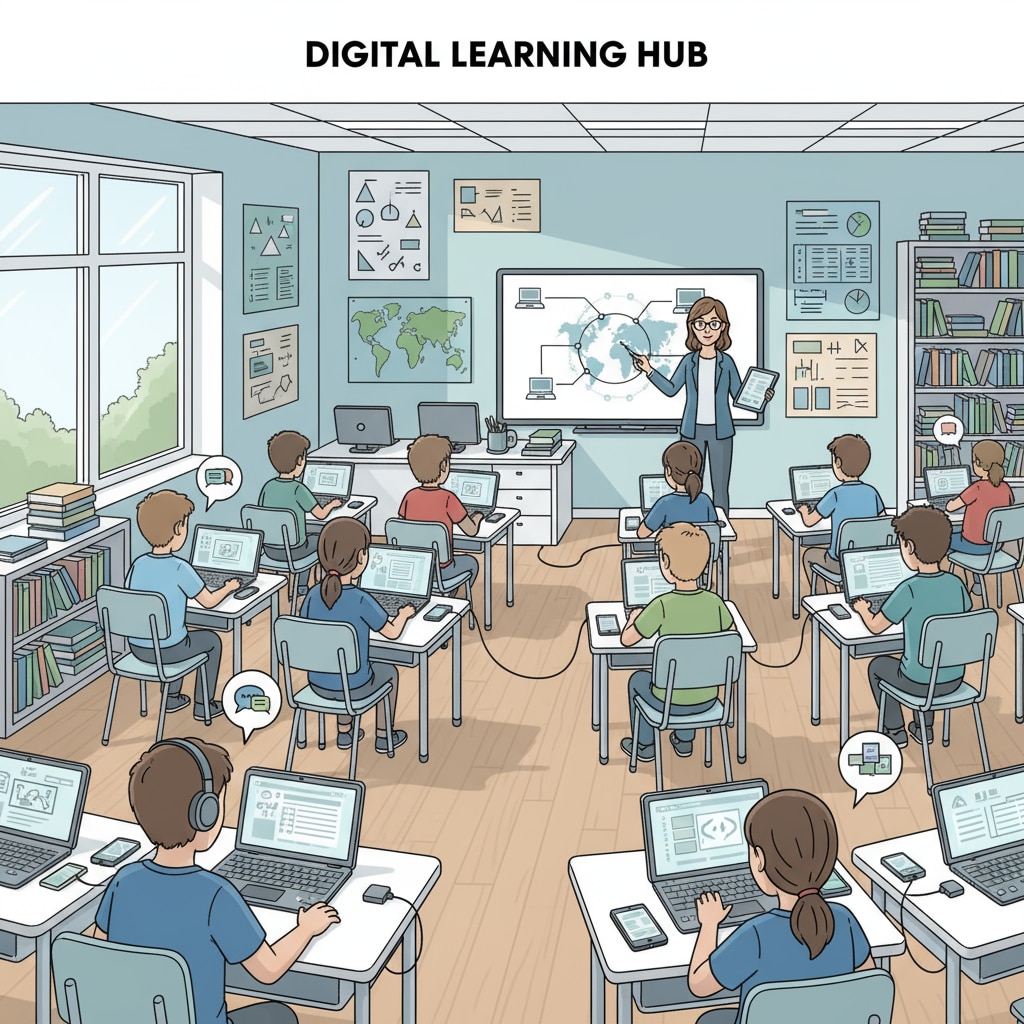The outbreak of the pandemic has brought about a significant transformation in the realm of education. The integration of digital technology into secondary education has presented both unprecedented challenges and opportunities in the context of secondary education concepts, post-pandemic education, and digital learning. This article delves into the reconstruction of educational concepts and structural innovation in secondary education during the post-pandemic era, aiming to strike a balance between the digital environment and the essence of education.

The Impact of the Pandemic on Secondary Education
The pandemic forced a sudden shift to online learning, disrupting the traditional face-to-face teaching model. Schools had to quickly adapt to digital platforms to ensure continuity of education. This unexpected change not only tested the technological capabilities of educational institutions but also challenged the established teaching and learning methods. For example, teachers had to learn new digital tools to deliver lessons effectively, and students had to adjust to a more independent learning environment. As a result, the traditional secondary education structure was shaken, paving the way for new educational concepts to emerge.
Reconceptualizing Secondary Education in the Digital Age
In the post-pandemic era, there is a need to reevaluate secondary education concepts. Digital learning has introduced new ways of acquiring knowledge, such as online courses, virtual laboratories, and collaborative learning platforms. These digital resources have expanded the scope of learning beyond the physical classroom. Moreover, the focus is shifting from rote memorization to critical thinking and problem-solving skills. Students are now encouraged to explore information independently and engage in discussions with peers from different locations. In addition, educators are emphasizing the development of digital literacy as an essential skill for students to thrive in the digital world.

To adapt to these changes, schools are restructuring their curricula. They are incorporating more project-based learning and real-world applications to make learning more relevant. For instance, subjects like science and mathematics can be taught through hands-on projects using digital tools. This approach not only enhances students’ understanding of the subject matter but also improves their ability to apply knowledge in practical situations. As a result, the role of the teacher is evolving from a traditional lecturer to a facilitator who guides students in their learning journey.
Readability guidance: As seen above, we have used short paragraphs to clearly present ideas. Each H2 section has a list of key points to make the content more organized. We have also controlled the use of passive语态 and long sentences, and added transition words like “for example”, “in addition”, and “as a result” to enhance the flow of the article.


